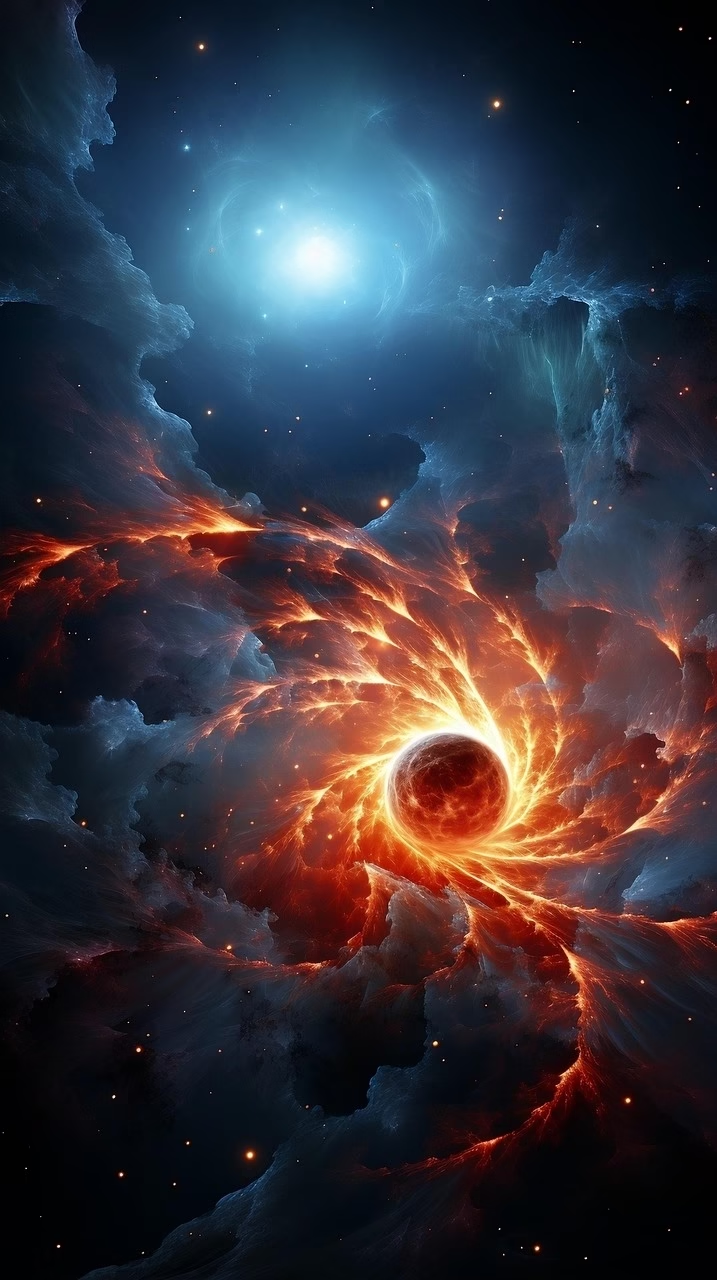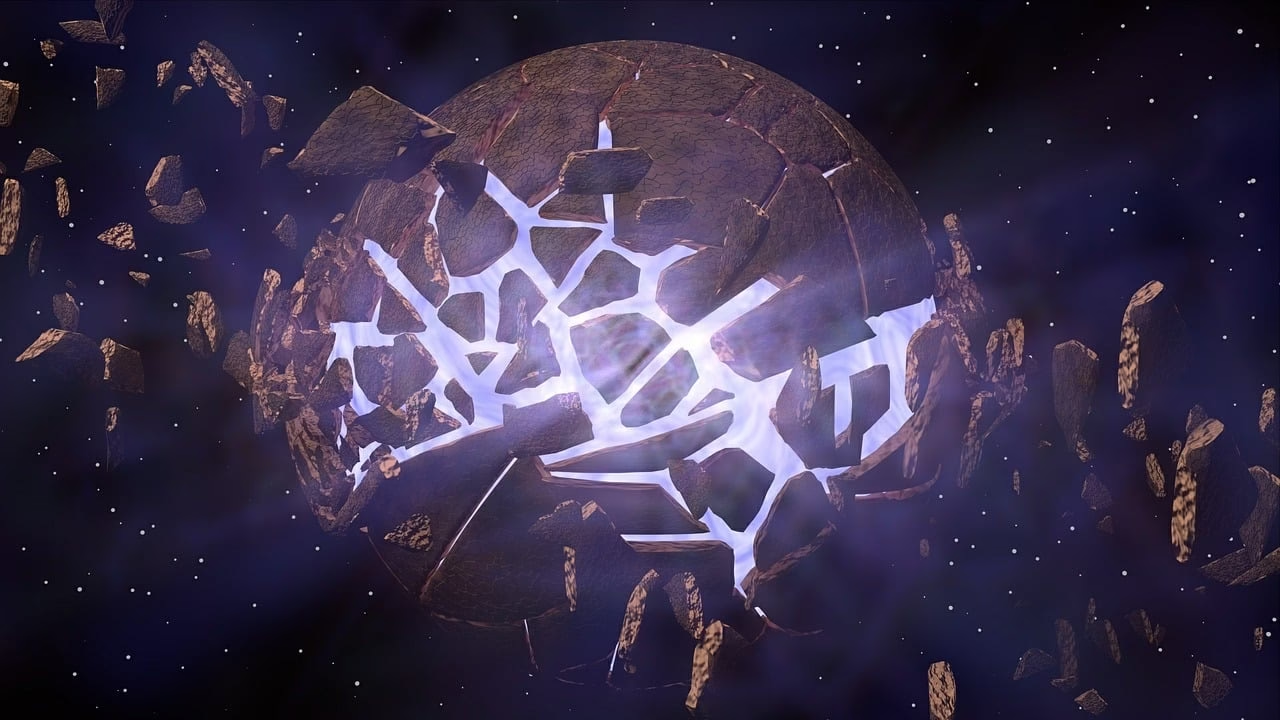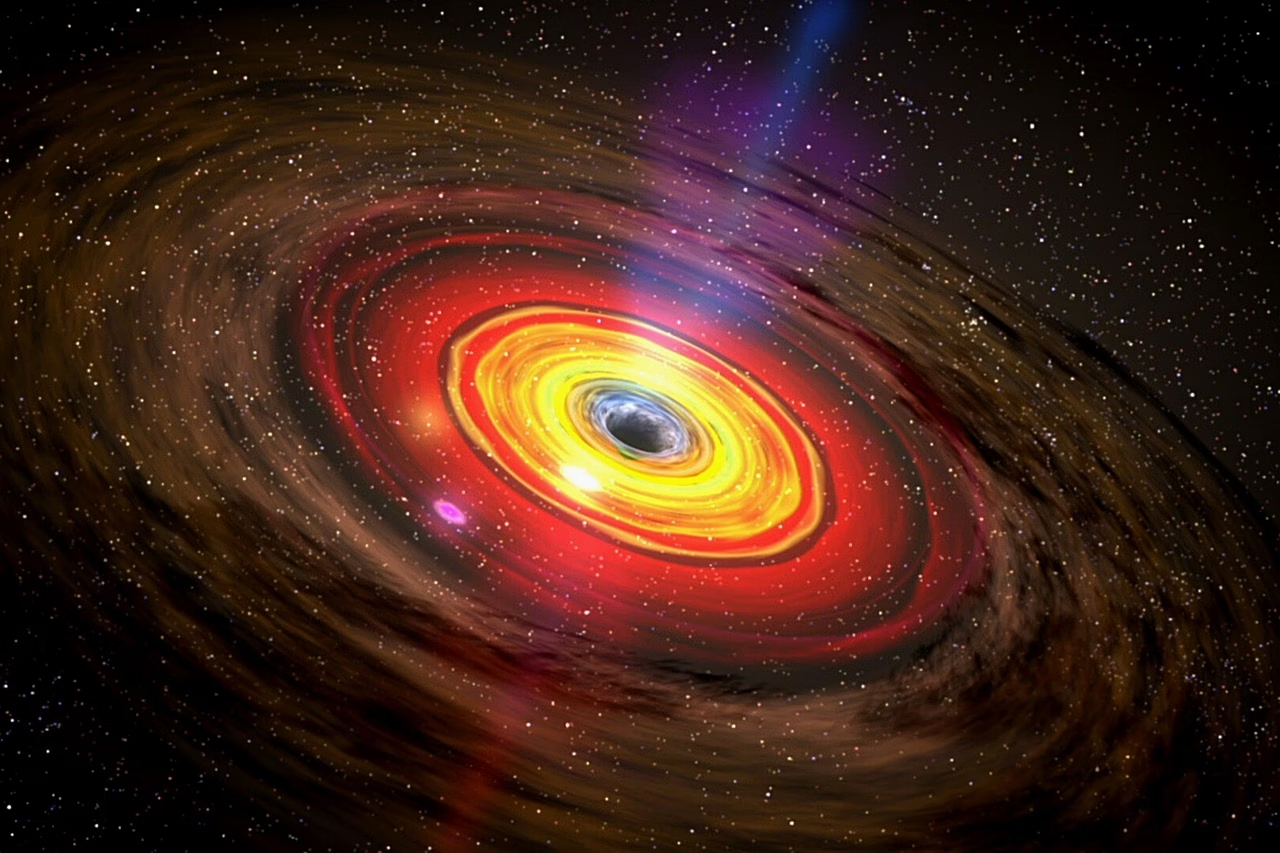Death of Stars: Have you ever wondered what happens when a star dies? The universe holds an array of mysteries, and the life cycle of stars is among the most fascinating. Stars, those brilliant celestial beacons in the night sky, undergo complex life cycles, ultimately meeting their demise in varying dramatic fashions. One of the most captivating of these events is the explosion of a star, known as a supernova. But what exactly occurs during these explosive ends, and what lies beyond?

Table of Contents
The Life Cycle of Stars: From Birth to Death
Stars are born from giant clouds of gas and dust known as nebulae. Through the forces of gravity, these materials come together, heat up, and eventually ignite nuclear fusion in the core. This fusion process provides the energy that causes stars to shine brightly for millions or even billions of years.
Formation and Main Sequence
The early phase of a star’s life is the formation, where it spends a significant period in the ‘main sequence.’ During this period, a star burns hydrogen into helium, maintaining equilibrium between the inward gravitational pull and the outward pressure from nuclear fusion.
Aging and Expansion into Giants
As stars exhaust their hydrogen fuel, they enter the later stages of their lives. For smaller stars, this transition leads them to expand into red giants, while larger stars become massive supergiants. This expansion marks the beginning of the end, as the stars cool and their cores contract.
The Dramatic Death: Supernovas
What is a Supernova?
A supernova represents the violent death of a massive star. It involves an intense, cataclysmic explosion that can outshine entire galaxies and release more energy than the sun will emit in its lifetime. These events are classified primarily into two types: Type I and Type II supernovas, distinguished by their differing underlying mechanisms and characteristics.
Type I Supernovas
Type I supernovas typically occur in binary star systems, where a white dwarf draws matter from its companion star, reaching a critical mass. The addition of this mass triggers a runaway nuclear reaction leading to a spectacular explosion.
Type II Supernovas
Conversely, Type II supernovas occur in solitary massive stars. As these stars run out of nuclear fuel, their cores collapse under their own gravity, causing the outer layers to explode outwards. This process is accompanied by the formation of neutron stars or black holes.

Beyond the Explosion: Neutron Stars and Black Holes
Neutron Stars: The Dense Remnants
Following a Type II supernova, if the remaining core is between 1.4 and 3 solar masses, it collapses into a neutron star. These stars are incredibly dense, with gravitational forces so strong that electrons and protons combine to form neutrons.
Black Holes: The Abyss of Space
If the core left behind is more than approximately 3 solar masses, a black hole forms. These regions of space are where gravity is so intense that nothing, not even light, can escape. They are fierce and mysterious, continuing to intrigue scientists with their enigmatic nature.
Astronomical Observations and Findings
Historical Observations
Historically, supernovas have been observed long before our modern telescopes. The earliest recorded supernova appeared in 1054 AD, noted by Chinese astronomers. Known today as the Crab Nebula, this celestial remnant is the observable aftermath of the stellar explosion.
Modern Discoveries: Tools and Techniques
Today, astronomers employ state-of-the-art telescopes and satellites to study supernovas more comprehensively. Tools such as the Hubble Space Telescope allow scientists to observe these phenomena in distant galaxies, providing insights into the cosmos’s vast and complex dynamics.

The Impact of Supernovas on the Universe
Cosmic Enrichment
Supernovas play a critical role in the cosmic ecosystem. When stars explode, they distribute heavy elements like iron, gold, and uranium into space. These elements are necessary for the formation of planets and life, illustrating how supernovas contribute to the ongoing evolution of the universe.
Influencing Galactic Structures
Moreover, supernovas influence the structure and formation of galaxies. The shock waves from these explosions can trigger the formation of new stars, indicating their significance in the cyclical nature of star life and death.
Unanswered Questions and Future Research
Ongoing Mysteries
Despite advances in technology and understanding, many questions about supernovas remain. What exactly triggers a supernova, and why do some stars collapse into black holes while others become neutron stars? Scientists continue to explore these intriguing queries, using advanced theoretical models and simulations.
The Role of Future Missions
Future space missions and observatories, such as the James Webb Space Telescope, promise to unlock further secrets about supernovas. These missions aim to observe supernovas in their earliest stages, offering a window into the intricate processes governing their occurrence.

Conclusion: Reflecting on Celestial Finales
The death of stars, particularly through supernovas, represents one of the most dramatic and awe-inspiring events in the universe. These cosmic finales illustrate the delicate balance between creation and destruction, fueling the ongoing cycle of matter and energy. As our understanding of these phenomena deepens, we gain not only insights into the life cycles of stars but also into the broader cosmic narrative that shapes our existence. The death of stars, while marking the end of individual celestial bodies, plays a vital role in the life of the universe, continually renewing the elements and forces that constitute the cosmos.
Hubble Reveals Surviving Companion Star in Aftermath of Supernova
Interstellar Travel: Does Breaking the Light Speed Barrier Hold the Key to Our Future?

